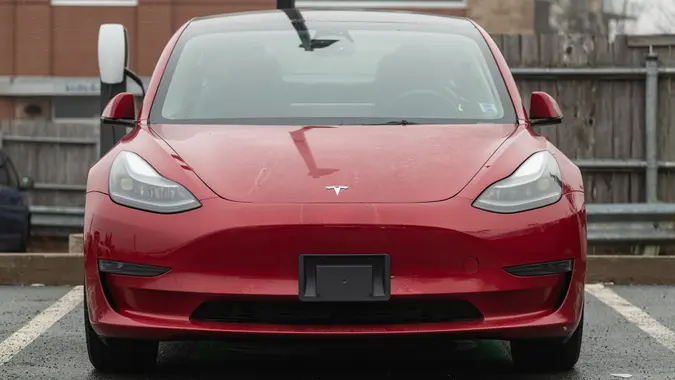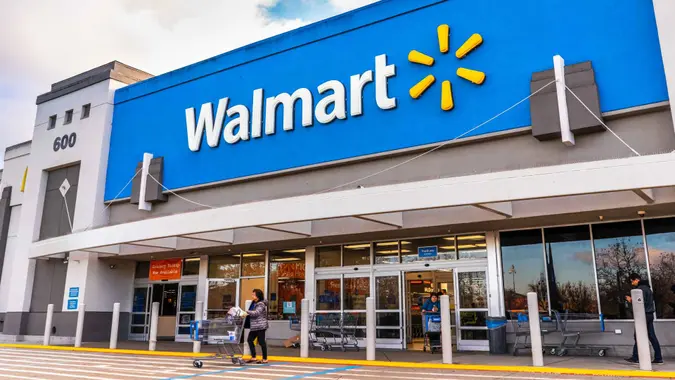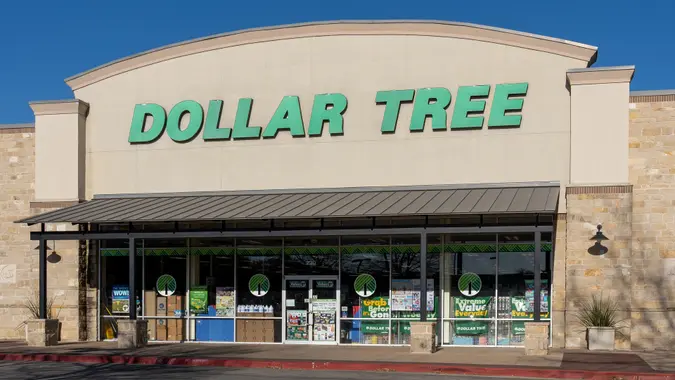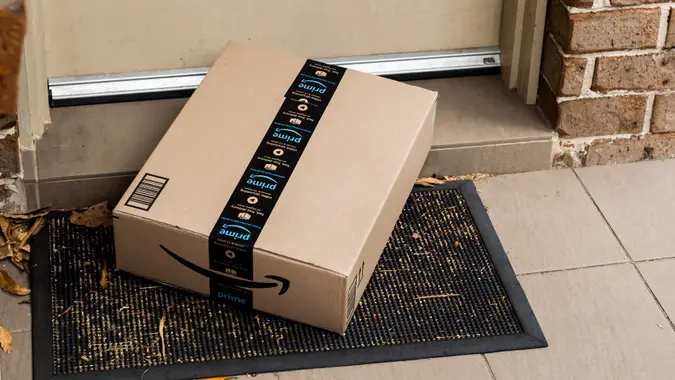How Much Do Solar Panels Cost In 2024?

Commitment to Our Readers
GOBankingRates' editorial team is committed to bringing you unbiased reviews and information. We use data-driven methodologies to evaluate financial products and services - our reviews and ratings are not influenced by advertisers. You can read more about our editorial guidelines and our products and services review methodology.

20 Years
Helping You Live Richer

Reviewed
by Experts

Trusted by
Millions of Readers
In 2024, the solar panel industry continues to evolve, offering more efficient and cost-effective solutions for homeowners and businesses alike. As we become more conscious of our environmental impact and seek sustainable energy sources, solar panels have become a popular choice. Let’s explore the costs associated with installing solar panels this year.
Factors Influencing Solar Panel Costs
- System Size: The cost largely depends on the size of the solar system you choose. Larger systems with higher energy output will naturally cost more.
- Panel Type and Brand: Prices vary significantly based on the type and brand of solar panels. High-efficiency panels from well-known brands typically command higher prices.
- Installation and Labor Costs: These costs can vary based on your location and the complexity of your solar panel system installation.
- Location: Prices can differ based on state or local incentives, the cost of labor in the area, and the average sunlight exposure your location receives.
- Additional Equipment: Costs can increase with the addition of inverters, solar batteries, and other system enhancements.
Average Cost Range in 2024
In 2024, the average cost of solar panels ranges between $17,430 and $23,870 for most residential systems. This price range encompasses various system sizes and includes the cost of panels, installation, and additional equipment.
Breaking Down the Costs
- Small to Medium Systems: Ideal for modest energy needs or smaller homes, these systems typically fall on the lower end of the cost spectrum.
- Large Systems: For homes with higher energy consumption or businesses, larger systems are more appropriate but come with higher costs.
- Premium Options: Choosing top-of-the-line panels and additional features like energy storage systems will push costs towards the upper limit.
Financial Incentives and Rebates
To encourage the adoption of solar energy, various federal, state, and local incentives may be available. These can significantly reduce the upfront costs. Tax credits, rebates, and solar renewable energy certificates (SRECs) are common incentives that can provide financial relief to solar panel buyers.
Long-Term Savings
While the initial investment might seem high, solar panels offer long-term savings on electricity bills. The break-even point varies but can be as short as a few years, after which you essentially generate free electricity.
Conclusion
Investing in solar panels in 2024 is not only a step towards sustainable living but also a financially sound decision in the long run. With various options available and potential incentives, solar panels are becoming an increasingly attractive option for those looking to reduce their carbon footprint and energy costs. It’s essential to conduct thorough research and possibly consult with a solar energy expert to determine the best system for your specific needs and location.
Editor's note: This article was produced via automated technology and then fine-tuned and verified for accuracy by a member of GOBankingRates' editorial team.
 Written by
Written by  Edited by
Edited by 

























